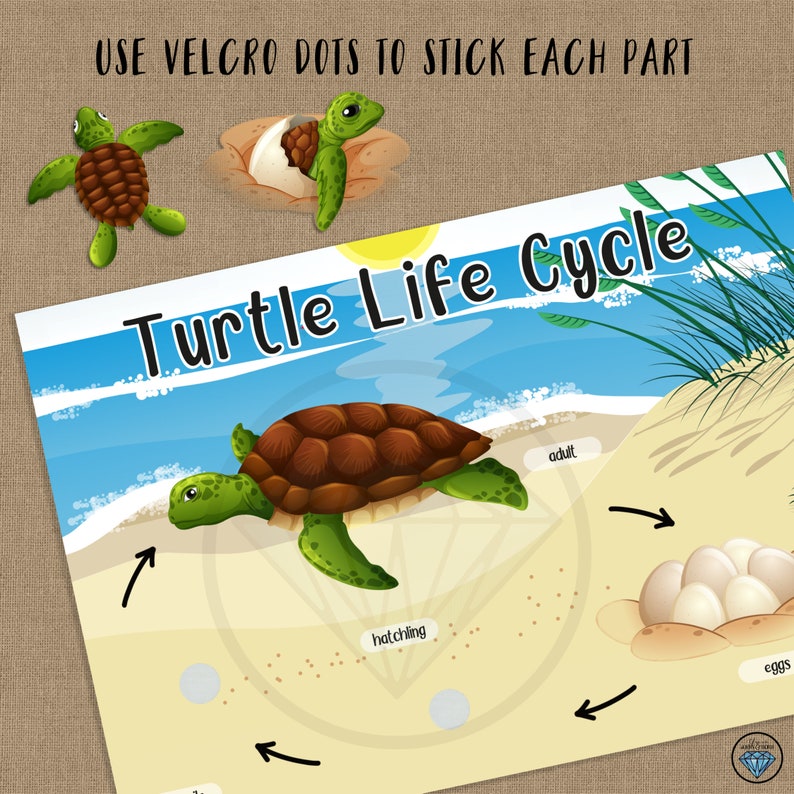

BehaviourĪs ectothermic creatures (cold blooded), they must bask for an hour or 2 to absorb the heat of the morning sun before spending up to 9 hours a day grazing. 'Dome-shaped' carapaces are lower and give their giant owner a more tank-like quality, useful in negotiating the dense undergrowth. The victor wins and so passes on his height genes. A contest between 2 such tortoises involves the giants facing off, stretching their legs and seeing which can stretch their head the highest with their mouths agape. While this is a slight exaggeration there are many different features to carapaces throughout the archipelago, with 2 significant extremes: saddlebacks and dome-shaped.Ī 'saddleback' comes from an arid climate where resources are limited. Darwin was told by the vice-governor at the time of his visit to Galapagos that he could tell from which island any tortoise came simply by looking at the carapace. They can be divided into, at most, 14 sub-species. In captivity they can become much bigger than in the wild. Galapagos tortoises live up to their title of 'giant' by reaching up to 400 kg and having a carapace length of 1.8m. Scientific name: Chelonoidis Nigra Distinguishing Features

A related subspecies is the Seychelles giant tortoise ( Aldabrachelys hololissa) which is thought to have become extinct in the mid 1800s. Other related species include the Aldabra giant tortoise in the Seychelles.

Captive tortoises also show a courtship interest only in members of the same sub-species. Resulting offspring showed they were sub-species not species, although the new, crossed generations exhibited lower fertility and higher mortality than pure-breeds. Before knowledge of these different populations became widespread, individuals were indiscriminately mixed in captivity. The species name is Chelonoidis nigra and there are some 11 or 12 sub-species, one of which is represented by a sole surviving individual named 'Lonesome George'. Fossil giant tortoises from mainland South America support this view.Įstimates of tortoise numbers in Galapagos currently put them at around 25,000 which sounds impressive until one considers that at their height, numbers are thought to have been around 250,000 crawling all over the archipelago. However, it is probable that it was to an extent a pre-adapted condition since large individuals would have a greater chance of surviving the journey despite osmotic water loss and an ability to endure the arid climate. Galapagos tortoises display 'gigantism', a state presumably assisted by long periods of isolation where predation is almost absent and food sources are abundant. There is a fascination with seeing such huge versions of a creature many of us are familiar with. No other creature represents the Galapagos Islands more than the giant tortoise.


 0 kommentar(er)
0 kommentar(er)
